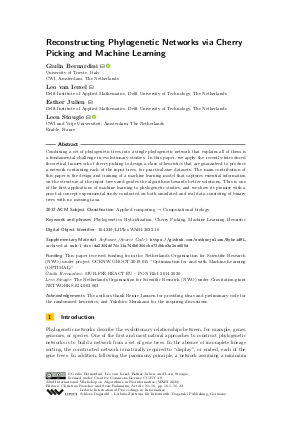LIPIcs.WABI.2022.16.pdf
- Filesize: 1.27 MB
- 22 pages

 Creative Commons Attribution 4.0 International license
Creative Commons Attribution 4.0 International license




















Feedback for Dagstuhl Publishing